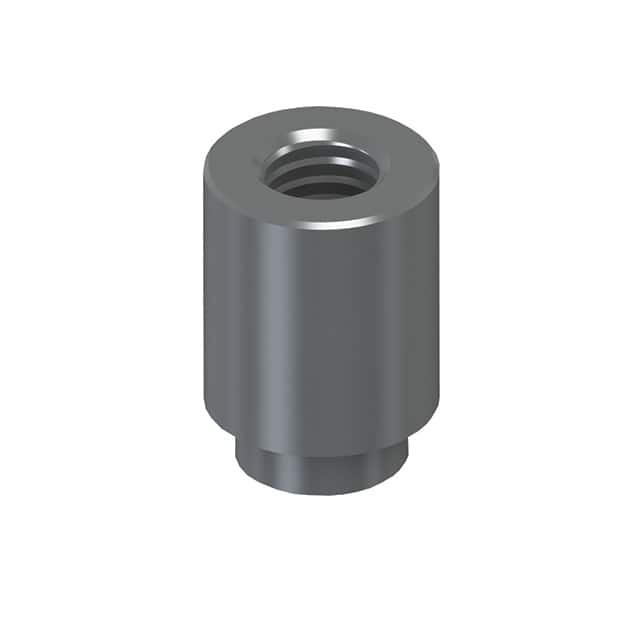Pololu 25D Metal Gearmotors Series, Board Spacers, Standoffs
Results:
3
Manufacturer
Series
RPM
Diameter - Shaft
Voltage - Rated
Length - Shaft and Bearing
Torque - Rated (oz-in / mNm)
Operating Temperature
Termination Style
Encoder Type
Size / Dimension
Mounting Hole Spacing
Function
Type
Power - Rated
Motor Type
Torque - Max Momentary (oz-in / mNm)
Features
Gear Reduction Ratio
Results remaining:3
Applied Filters:
Pololu 25D Metal Gearmotors
About Board Spacers, Standoffs
Board spacers and standoffs play a critical role in the precise positioning and secure fastening of two objects that need to be maintained at a specific distance apart. These devices are commonly used in electronic assemblies, circuit boards, and other applications where insulation, connection, or structural integrity is required.
One of the primary functions of board spacers and standoffs is to provide electrical insulation between different components or surfaces. By creating a gap between two objects, they prevent electrical contact and minimize the risk of short circuits or interference.
These devices are available in a wide range of materials to suit different requirements. Aluminum, brass, acetal, ceramic, copper, CPVC, iron, plastic, nylon, stainless steel, steatite, steel, and rubber are among the common choices. Each material offers unique properties such as conductivity, strength, heat resistance, and chemical compatibility.
The shape of board spacers and standoffs also varies to accommodate different installation needs. Hexagonal (hex) and round shapes are commonly found. Hex spacers have a hexagonal cross-section, providing a convenient grip for tightening with a wrench or pliers. Round spacers have a cylindrical shape and can be easily installed by hand or with a screwdriver.
When selecting board spacers and standoffs, factors such as the required distance between objects, load-bearing capacity, environmental conditions, and aesthetic considerations should be taken into account. It is important to choose the appropriate size, material, and shape to ensure proper functioning and longevity.
In summary, board spacers and standoffs are essential components that enable precise positioning and secure fastening of objects at specific distances. They provide electrical insulation, prevent short circuits, and enhance the structural integrity of various assemblies. Available in a variety of materials like aluminum, brass, plastic, stainless steel, and rubber, as well as shapes such as hex and round, these devices offer versatility and customization options for different applications and installation requirements.



